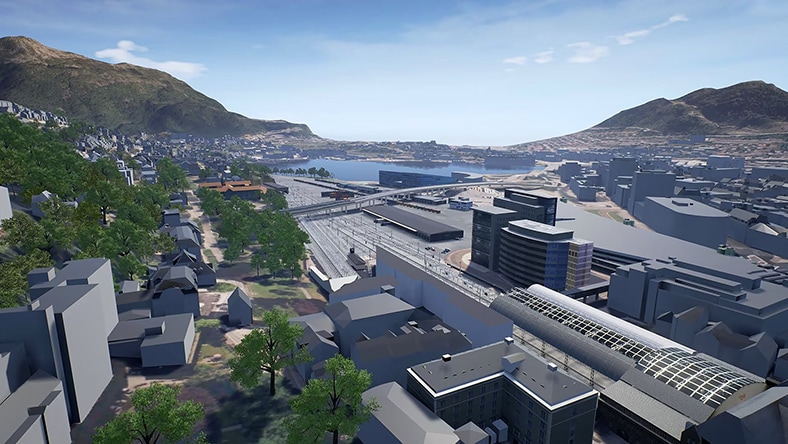The history of 3D laser scanning dates to the emergence of laser technology in the 1960s. Across decades, it evolved from early laser range finders to the introduction of LIDAR systems in the 1980s for aerial mapping. In the 1990s, terrestrial laser scanning gained momentum, allowing ground-based 3D scanning. The 2000s saw the integration of laser scanning with GPS and IMUs for georeferencing, leading to widespread adoption in various industries during the 2010s. Ongoing advancements in miniaturisation and cost reduction have made 3D laser scanning more accessible and continue to expand its applications in fields such as construction, manufacturing and cultural heritage preservation (US Site).
A 3D laser scan emits laser beams towards a target object or surface and measures the time it takes for the laser pulses to bounce back. These time measurements, combined with angular information, enable the scanner to calculate a highly precise distance and orientation of each point on the object’s surface. Multiple laser beams are rapidly emitted from various angles to capture a dense set of 3D coordinates, creating a point-cloud representation of the object.
A 3D laser scan of a building can yield valuable deliverables, including raw point-cloud data, 3D meshes or models, floor plans, elevations, sections and profiles. These are essential for architectural and engineering design, space planning, as-built documentation, clash detection, facility management and historical preservation. They provide a highly accurate and detailed representation of the building’s geometry and condition, which helps stakeholders make informed decisions for renovations, construction projects, facility management and more. The specific deliverables produced depend on the project’s objectives and requirements.
3D laser scanning and building information modelling (BIM) (US Site) work together seamlessly to improve building-related projects. Laser scanning captures detailed as-built data in the form of a point cloud, which is integrated into BIM software. BIM software converts this point cloud into a 3D BIM model that represents the existing building’s conditions. This model can be aligned with the design phase to help ensure new elements fit more accurately within the existing structure, and it enables clash detection to identify conflicts between the design and as-built conditions. The integrated BIM model enhances visualisation, analysis and documentation, making it a valuable tool for construction, renovation and facility management – ultimately improving project accuracy and efficiency.









